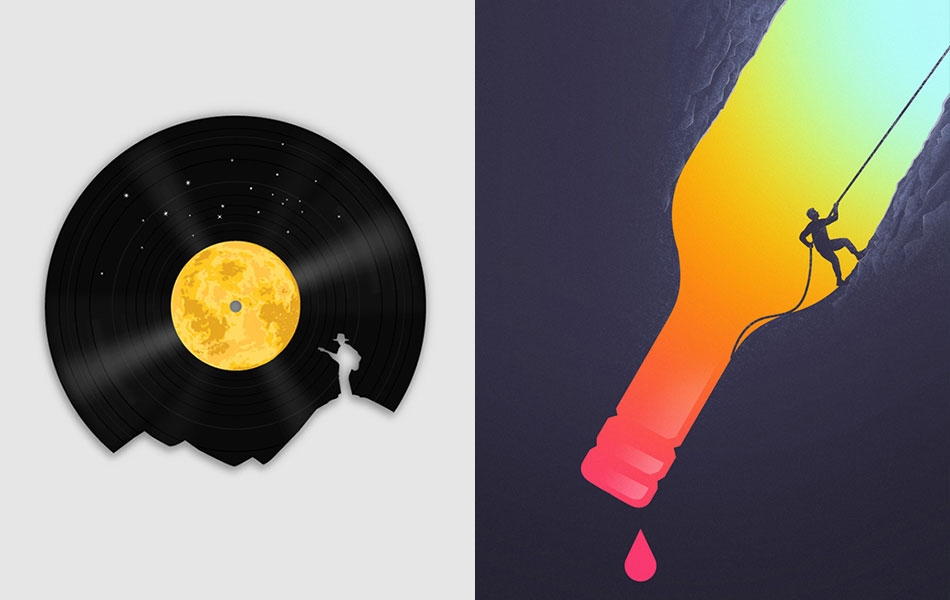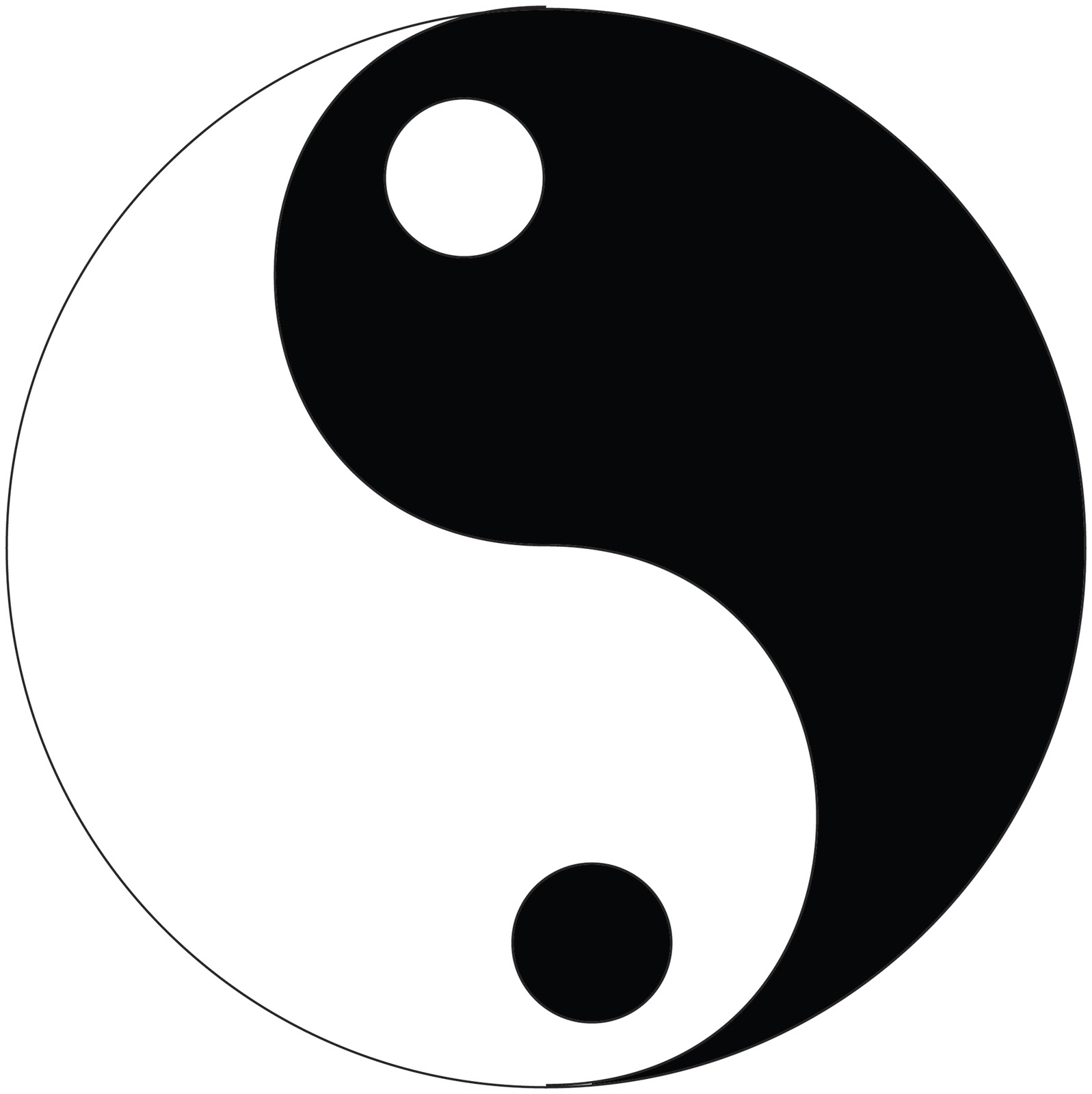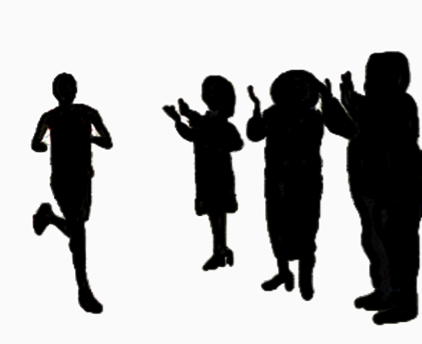

Examples of Positive and Negative Space Logos When it’s done right, the viewer doesn’t think about the use of space, they simply enjoy it. This spatial relationship is not limited to graphic design it’s also present in photography and art.

Your use of negative space influences how the positive space is perceived and vice versa. In order to make the positive space communicate your design intent, you need to pay close attention to how you use negative space around it. Positive space refers to the area that is the subject of your design. What is positive space? This is one people tend to pay the most attention to. If you accurately capture the silhouette of a subject, viewers subconsciously perceive the silhouette as a complicated subject even if there are no further details to indicate it. One of the main advantages of using negative space is that it can help to create optical illusions. Learning to lean into the negative space in your design can drastically improve your images. Negative space is an important factor that often gets overlooked. This is a common rookie mistake that leaves designs feeling cluttered and messy. Most people tend to focus on the subjects and details of the piece while completely ignoring the empty (negative) space around them. So what is negative space? This refers to the areas surrounding the subject of your design. But what do they actually mean? Once you develop a better understanding of these terms, you’ll notice how much easier it becomes to create great compositions. Understanding the basics of positive and negative space along with how you can utilize them in your designs is a must for every graphic designer. Keep in mind that these principles are not set in stone and you can always find clever new ways to use them. If you want your design to seem more active and energetic, then consider using more positive space. For example, minimalist designs with negative space are often used to communicate soothing, calm feelings (much light what you’d see in art at a spa). Determine the message you want to convey, then it will become easier to understand how much positive and negative space you’ll need to add. The use of positive and negative space can communicate different emotions to viewers. While there are no hard rules for finding the balance, understanding the message you want to communicate will help you find the right path. The more you practice, the easier it will become to find balance in design.īalance and message are two concepts that go hand in hand in graphic design. Look for inspiration online (the Picsart account is a great place to start) and don’t be scared to make mistakes. As there are no hard rules when it comes to space balance, in the end it pretty much relies on your artistic intuition. In order to find the right balance between the two, it’s important to explore different types of designs. Keep in mind that you neither want to overwhelm people with too much detail nor miss out on sharing important information by using too much white space. Similarly, if you use too little of it, your final design might lack the necessary focus.ĭon’t be scared to take risks and create unconventional designs. For example, if you use too much negative space, it might distract the viewer from your main subject. To make enticing designs, you need to find a golden middle when it comes to how much of each you use.

In terms of space, balance refers to the harmony between positive and negative space. However, it’s best to look at them separately and consider how they influence the final design. Both of these principles are equally important and dependent on one another. Space theory is based on two important principles: balance and message. In order to get the best use of space in your designs, you first need to understand the theory of space in design. But, there’s a difference between simply filling in the empty areas and strategically utilizing the space of a canvas based on design principles. Space is an essential component of graphic design.

Positive and negative space in particular can help create a more coherent design by drawing the viewer’s eye to a specific part of the graphic. The use of space principles in design can be helpful to strike a balance between multiple colors, shapes, and text. If you’ve ever seen a design that feels a little off, it might be because the use of space has made it feel visually unbalanced. Space is one of the most crucial aspects of design – it can elevate or completely ruin any composition. But, when it comes to design, it is so much more than that. Space is a measurement of height, depth, and width within which objects move and exist.
#Positive and negative space ideas how to
How to Make Negative and Positive Space Art.Tips for Negative and Positive Space Art.Examples of Positive and Negative Space Logos.


 0 kommentar(er)
0 kommentar(er)
